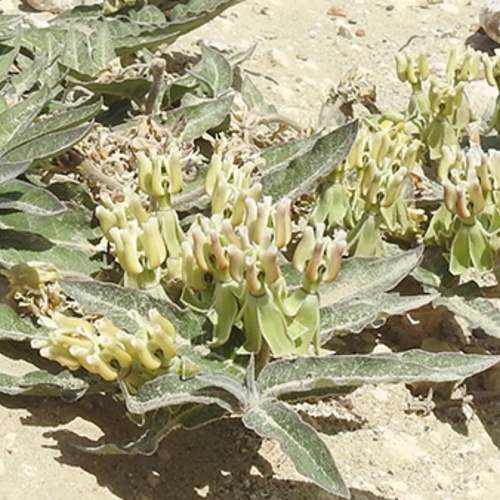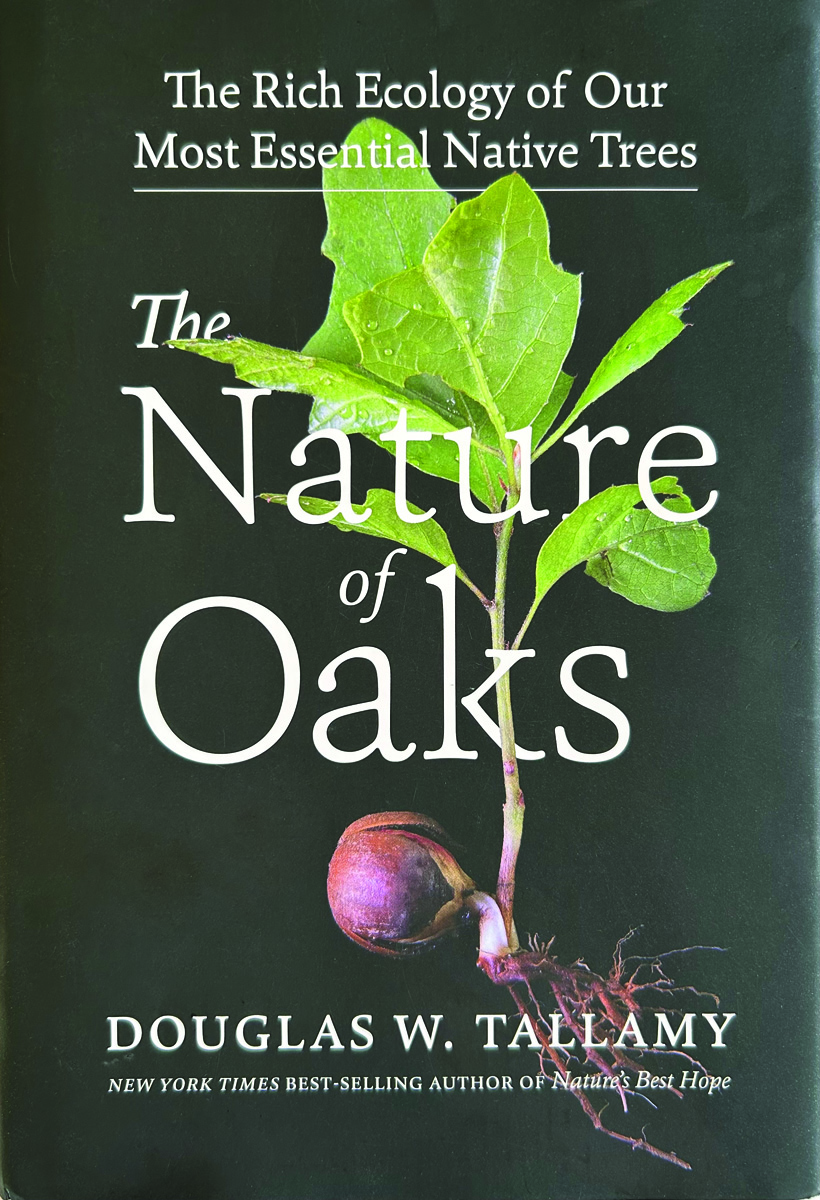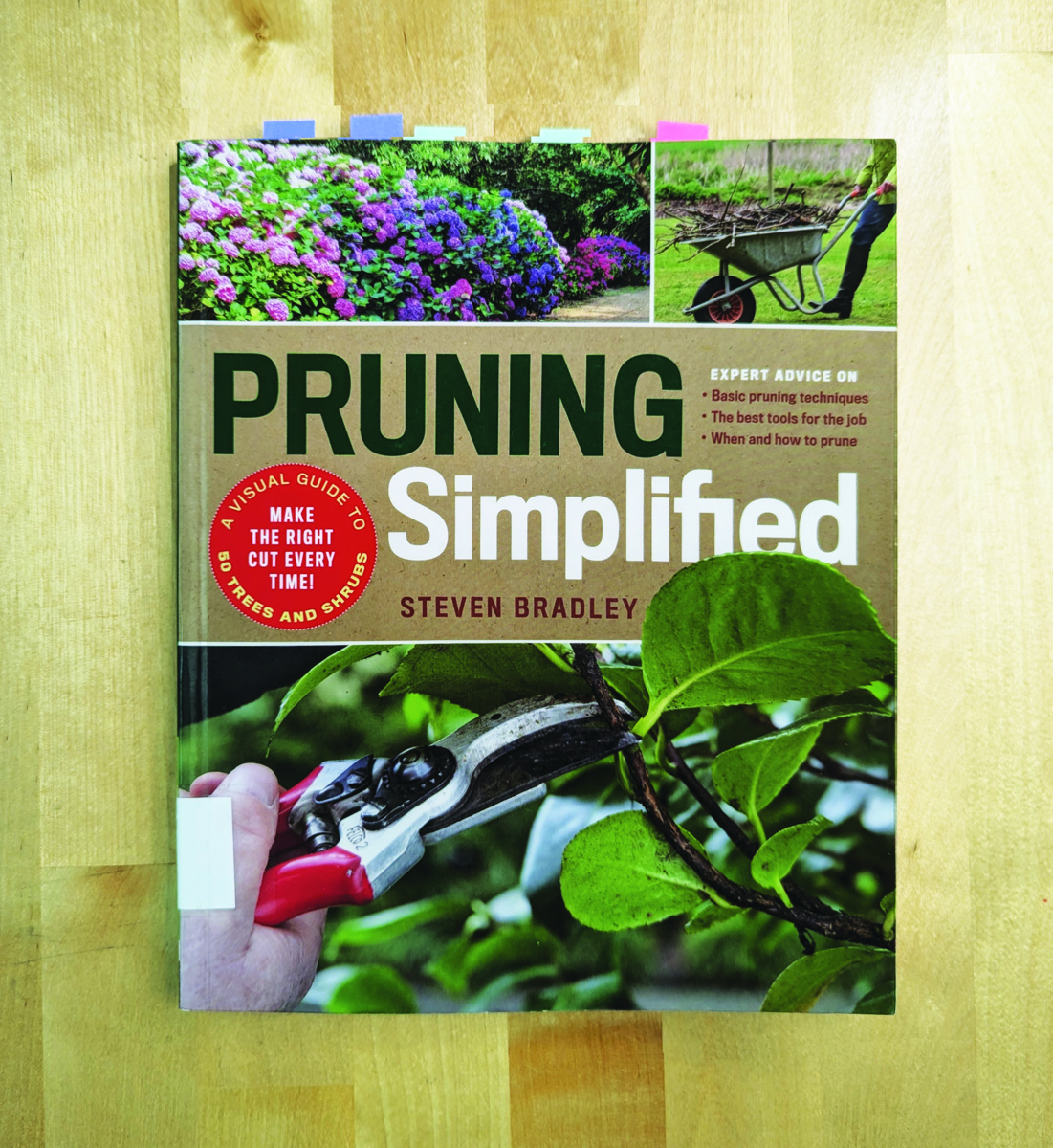
When it comes to endangered species, plants play an outsized role in conservation efforts. From gorillas to butterflies, plants support a diversity of threatened and endangered species either directly as a food source or as the base of critical food chains. But many plant species themselves also face extinction. In fact, a study conducted by Kew Royal Botanic Gardens found 40% of all plants are threatened with extinction.
How do plants become endangered?
The reasons a plant or animal faces extinction vary considerably from one species to the next and include both man-made and environmental challenges. Ongoing habitat destruction, climate change, competition from invasive species, pesticide runoff, and water pollution are just a few factors. The decline in some species, such as pollinators, can also contribute to the decline of others.

While many plants display remarkable resiliency in the face of man-made and environmental challenges, others are less able to adapt. Certain life history characteristics impact a species’ ability to cope with disturbances—for example, those naturally found in very isolated populations or that require highly specialized habitats tend to be more vulnerable. Species with long reproductive cycles or that take a long time to reach sexual maturity also face greater risk.
How can gardeners help?
Homeowners can play a part in protecting endangered plant and animal species. The first step is learning about vulnerable species in your local area. Plants and other species are considered “endangered” when they are at risk of extinction throughout all or most of their natural range. The chart below lists several endangered plant species found across the Southwest region. Visit a nature center, wildlife refuge, or other park area to learn about locally native plants and animals. The U.S. Fish and Wildlife Service also provides an abundance of information on endangered species.

Once you are familiar with local at-risk species, you can take steps to help protect them, such as planting native plants and protecting existing habitat. Simple actions like reducing pesticide use and installing decals on windows to deter bird collisions can go a long way toward assisting vulnerable species. You can even protect rivers and streams from your own backyard by reducing water runoff from your property and keeping grass clippings and other debris on-site rather than blowing it onto roadways.
When planting natives, seek out ethically sourced seeds and plants. Never collect wild specimens or seeds, as these are critical to sustaining plants in their natural habitat. It is important to note the harm that plant collection for horticulture or medical use has had on many of our most beloved—and imperiled—native plants. Populations of native orchids, cacti, and carnivorous plants have been particularly impacted by collectors. Connect with local native plant societies to find seed sources near you.
Endangered plants from the Southwest region
This list represents just a handful of the endangered plant species found throughout the Southwest. Many more terrestrial and aquatic plants are listed as endangered or threatened.

The impacts of conservation
Many conservation efforts have met with success, from bald eagles (Haliaeetus leucocephalus) to the Tennessee purple coneflower (Echinacea tennesseensis, Zones 5–6). In the Southwest region, black-capped vireos (Vireo atricapilla) and Eureka Valley evening primrose (Oenothera avita ssp. eurekensis, Zones 8–9) have been delisted due to recovery efforts. With greater awareness and participation from landowners, we can continue to protect vulnerable species in our communities.
More helpful resources on endangered plants:
Discuss this article or ask gardening questions with a regional gardening expert on the Gardening Answers forum.
And for more Southwest regional reports, click here.
Kim Toscano is a horticulturist, entomologist, garden designer, writer, and graphic designer. She previously hosted Oklahoma Gardening, a weekly PBS television program produced by the Oklahoma Cooperative Extension Service.
Fine Gardening Recommended Products

The Crevice Garden: How to make the perfect home for plants from rocky places
Fine Gardening receives a commission for items purchased through links on this site, including Amazon Associates and other affiliate advertising programs.
A crevice garden replicates the environmental conditions of mountain tops, deserts, coastlines, and other exposed or rocky places on earth. These striking garden features provide perfect conditions for the plants native to these far-off places, bringing the cultivation of these precious gems within everybody’s reach.

The Nature of Oaks: The Rich Ecology of Our Most Essential Native Trees
Fine Gardening receives a commission for items purchased through links on this site, including Amazon Associates and other affiliate advertising programs.
The Nature of Oaks reveals what is going on in oak trees month by month, highlighting the seasonal cycles of life, death, and renewal. From woodpeckers who collect and store hundreds of acorns for sustenance to the beauty of jewel caterpillars, Doug Tallamy illuminates and celebrates the wonders that occur right in our own backyards. He also shares practical advice about how to plant and care for an oak, along with information about the best oak species for your area.

Pruning Simplified: A Step-by-Step Guide to 50 Popular Trees and Shrubs
Fine Gardening receives a commission for items purchased through links on this site, including Amazon Associates and other affiliate advertising programs.
Pruning Simplified shows you exactly how to do it. This must-have guide offers expert advice on the best tools for the job, specific details on when to prune, and clear instructions on how to prune. Profiles of the 50 most popular trees and shrubs—including azaleas, camellias, clematis, hydrangeas, and more—include illustrated, easy-to-follow instructions that will ensure you make the right cut the first time.









